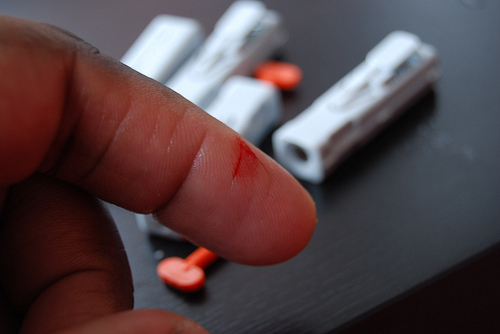
Blood Helps To Cleanse Wounds
Wounds can vary from a minor cut to heavily bleeding wounds with tissue loss. The first thing you should always take care of is to stop excess bleeding from the wound by applying pressure with a gauze piece or a clean cloth — used anything close to you. Don't be apprehensive when there is a minor cut that has a little blood leaking out, as blood helps to clean wounds and the little blood that remains on the surface can help the wound healing process by forming a clot within no time. Clots are rich in fibrin, a major protein that helps in wound healing.

Antibiotic Ointment — How Much Does It Help?
Apply a thin layer of Antibiotic ointment on the surface of the wound after cleaning it properly, and then dry it with a gauze. There is always a debate on the role and efficacy of Antibiotic application on wound healing. Antibiotic ointment definitely helps in preventing bacterial infection which can complicate the healing process. But some clinical trials prove that exposing the wound to the air without any application fastens the healing process of minor wounds and wounds with less dirt and impurities embedded. Neosporin is one of the most commonly used Antibiotics. Repeated application can make the person develop Antibiotic resistance, so be careful not to overuse it.
- Important notification about information and brand names used in this slideshow!
- Photo courtesy of US Coast Guard by Flickr : www.flickr.com/photos/coast_guard/5600530031/
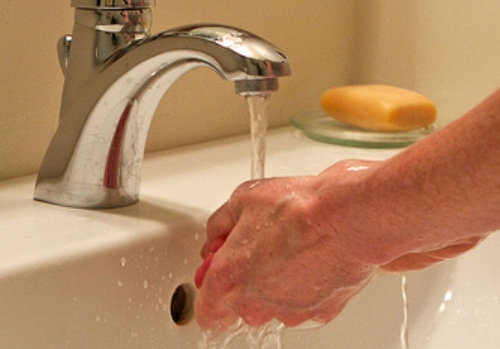
Clean The Wound With Water
After the bleeding is under control, the next step is to clean the wound with water. Rinse the wound with running water flowing on the wound directly from the tap, or pour water on the wound with a bottle. Gently remove any dirt or grease from the surface of the wound with mild soap and cool water. Make sure that the wound bed and the area around the wound are also cleansed from dirt. Cool water can help to stop further bleeding from minor wounds too. Don't use strong detergents to clean the wound as they can irritate the wound and delay wound healing.
- Important notification about information and brand names used in this slideshow!
- Photo courtesy of Susy Morris by Flickr : www.flickr.com/photos/chiotsrun/5908996088/
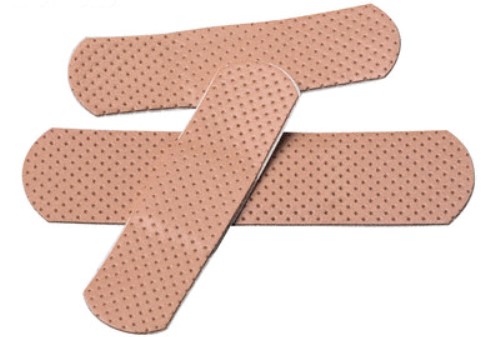
Use A Plaster
Covering the surface of cuts with a plaster can aid in the healing process, as it brings the two edges of the cut together, protects the wound from external dirt and bacteria, and helps prevent further friction on the wound's surface. Some plasters have antiseptic properties, so the minimal infectious organisms retained in the wound can die. Always ensure that your first aid kit has a few hypo-allergenic plasters in advance. Covering the wound with a plaster also helps prevent scar formation as it provides a proper environment for the healing process by absorbing excess fluids and by providing optimum moisture needed for wound healing.
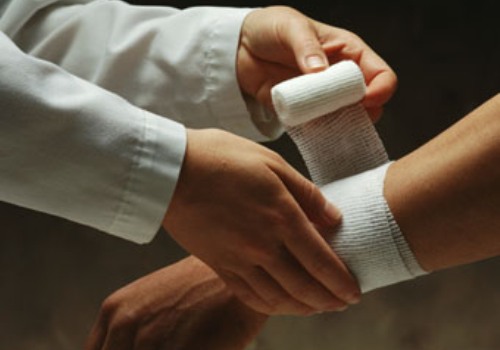
Do You Have A Latex Allergy?
An allergy to natural Latex rubber is not an uncommon problem among people. People with latex allergy can present with redness and itching at the site of bandage application, eye watering, a runny nose or irritation in the nose and throat. Latex allergy is frequently seen among healthcare workers, as they get more sensitized to the latex material. The best alternative is to use non latex bandages, which are tested on Latex allergy patients and are proven to be hypo-allergenic. If you happen to have a latex allergy, the best thing you can do is to consult the nearest doctor immediately.
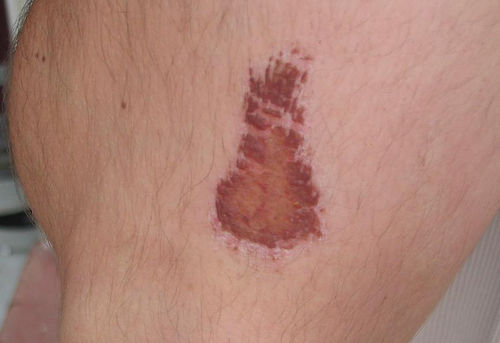
Got A Scrape? Do The Best To Help It Heal!
Scrapes, medically termed abrasions, are the most common wounds we see, especially in children. When they play outdoors, children are more prone to get scrapes on their hands, knees and elbows during their active play time. First clean the scrape with water and soap. Hydrogen peroxide can also be used for cleaning. Apply a thin layer of Antibiotic ointment and leave it open to breathe in the air. Generally, most of abrasions don't bleed so the best thing is not to put a tight bandage and leave it to air. If you notice active bleeding, apply a loose bandage and you can remove it once the bleeding stops.
- Important notification about information and brand names used in this slideshow!
- Photo courtesy of Adam Henning by Flickr : www.flickr.com/photos/adamhenning/24101885/
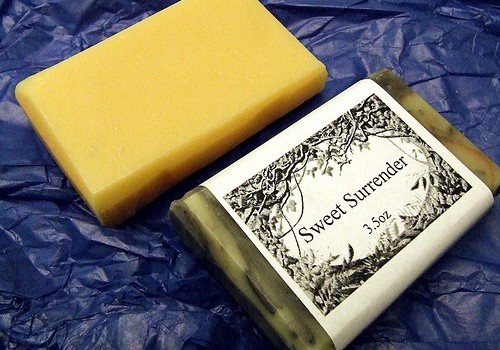
Clean Burns With Soap
Burns are often the most painful wounds we experience. Burns can be graded as First, second and third degree depending on the depth and severity. Usually we encounter First degree burns, where the upper layer of the skin called the epidermis is gone. For such superficial burns, you simply need to use soap and water to clean them. If you use a mild soap, there isn't going to be a need need for disinfectants. It might hurt, but gently remove the dead layer of the skin, apply antibiotic ointment and wrap it with a clean dry cotton bandage. Dress the wound once daily for two days and it will heal completely in about a week.
- Important notification about information and brand names used in this slideshow!
- Photo courtesy of Marlana Shipley by Flickr : www.flickr.com/photos/marlana/2186350960/
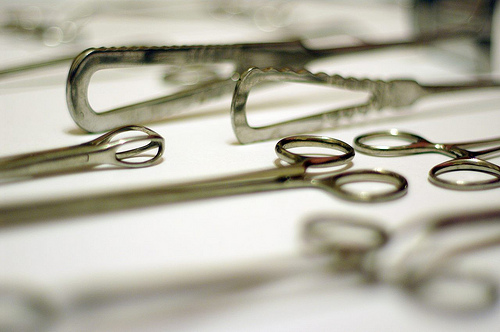
Treatment Of Surgical Wounds
A surgical wound is a planned cut made by a doctor during an operation or surgery. The healing of surgical wounds is a complex process as the cut is deep and the lower layers of skin are also cut to reach an organ. Usually, surgical wounds are closed by sutures or in the case of minor wounds with clips. Sutures are the medical term for stitches and they can be absorbent or non absorbent. The latter requires removal after a few days. Dressing is necessary for most surgical wounds, and it needs to be changed regularly. Infection of the surgical wound is the most common complication, so utmost care must be taken.Taking care of stitches during a shower, eating healthy food and rest can fasten the healing.
- Important notification about information and brand names used in this slideshow!
- Photo courtesy of The Pondering Moose by Flickr : www.flickr.com/photos/theponderingmoose/4739229588/
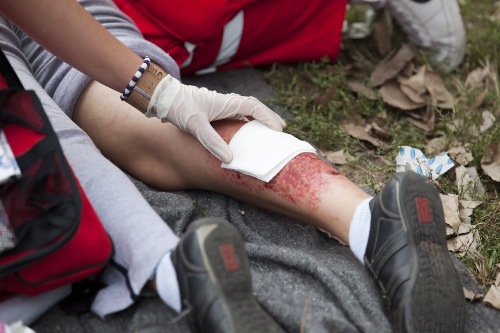
When To See A Doctor
As we know, minor cuts and wounds don't usually need a doctor's attention. But a few situations demand expert supervision and care. When to see a doctor? 1. When the cut is very deep and the edges are apart. 2. When the cut needs stitches and the bleeding is continuous. 3. When the dirt and impurities are so deeply embedded, that you can't remove them. 4. When there is a loss of sensation or numbness in or around the area of the wound. 5. The wound was created by an animal or human bite. 5. For all more serious wounds, you should get a tetanus jab.
- Important notification about information and brand names used in this slideshow!
- Photo courtesy of New Media Ba by Picasa : picasaweb.google.com/104919940046622069790/Medicina#5586467909820131042
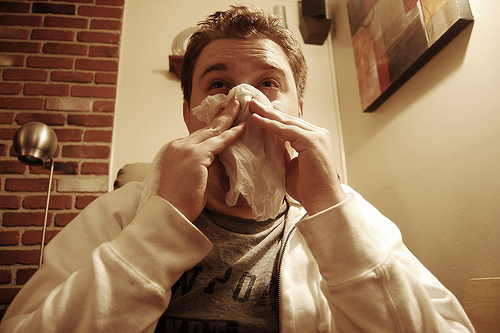
Warning Signs That Point To Infection
When the wound is not properly cleaned or dressed, you may end up with an infection of the wound. The infection can be local, but can also spread to the whole body if the warning signs are neglected. The increasing pain of the wound and prolonged healing time should alert you to the start of an infection. You may also notice pus draining from the wound surface and swelling of the wound. The area around the wound can become warm and there is increased redness of the wound. Any infection, anywhere in the body can raise your body temperature. Seek immediate medical attention if you have these symptoms and suspect an infection.
- Important notification about information and brand names used in this slideshow!
- Photo courtesy of Josh McGinn by Flickr : www.flickr.com/photos/svenstorm/2496547410/



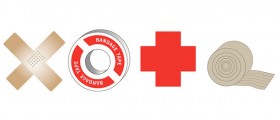



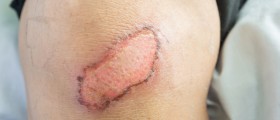








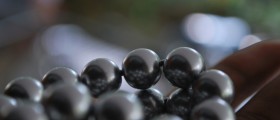
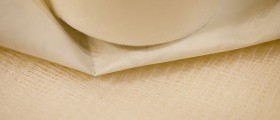
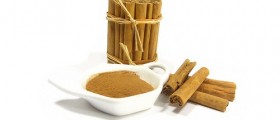
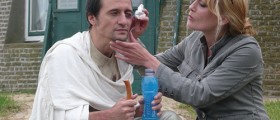
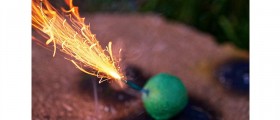
Your thoughts on this
Loading...